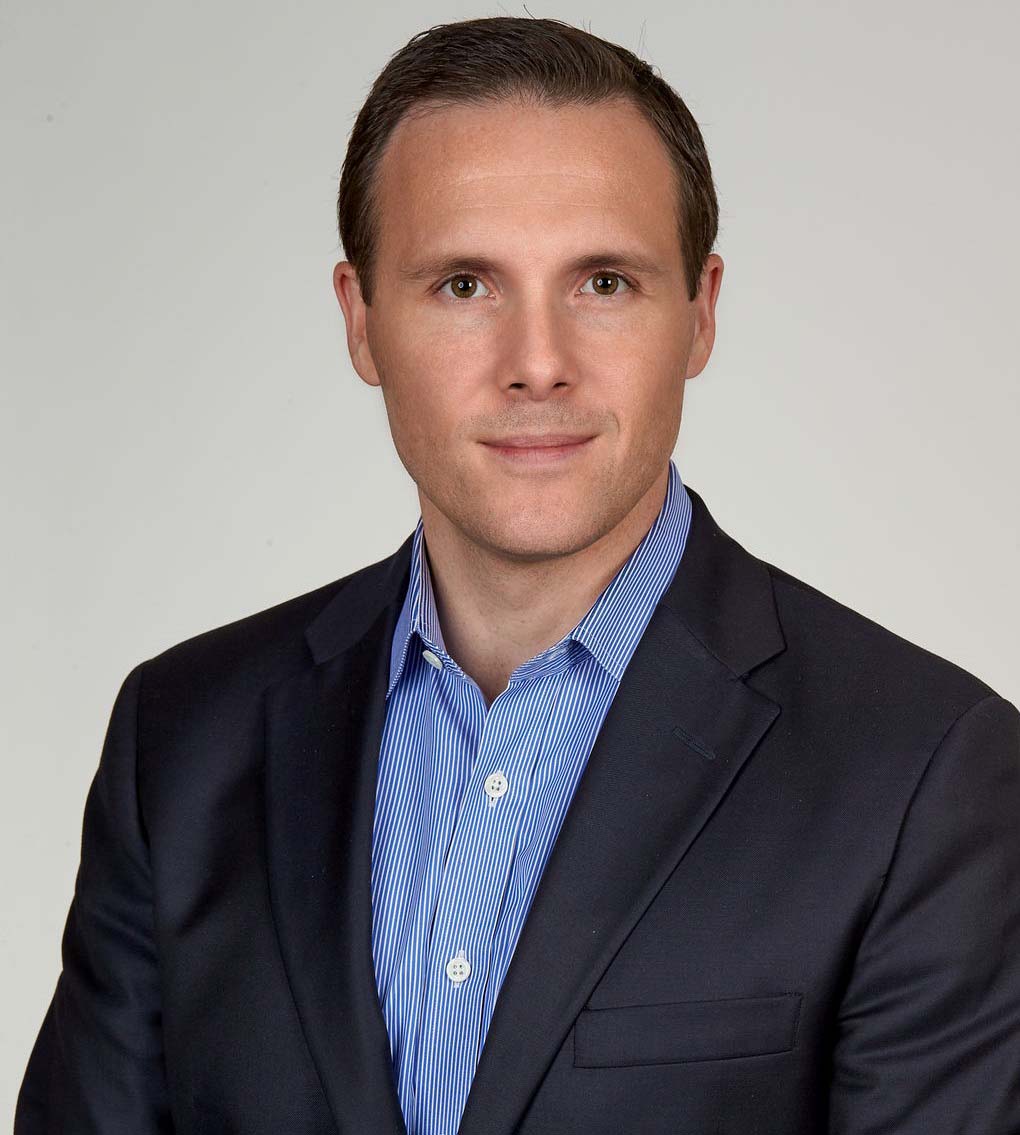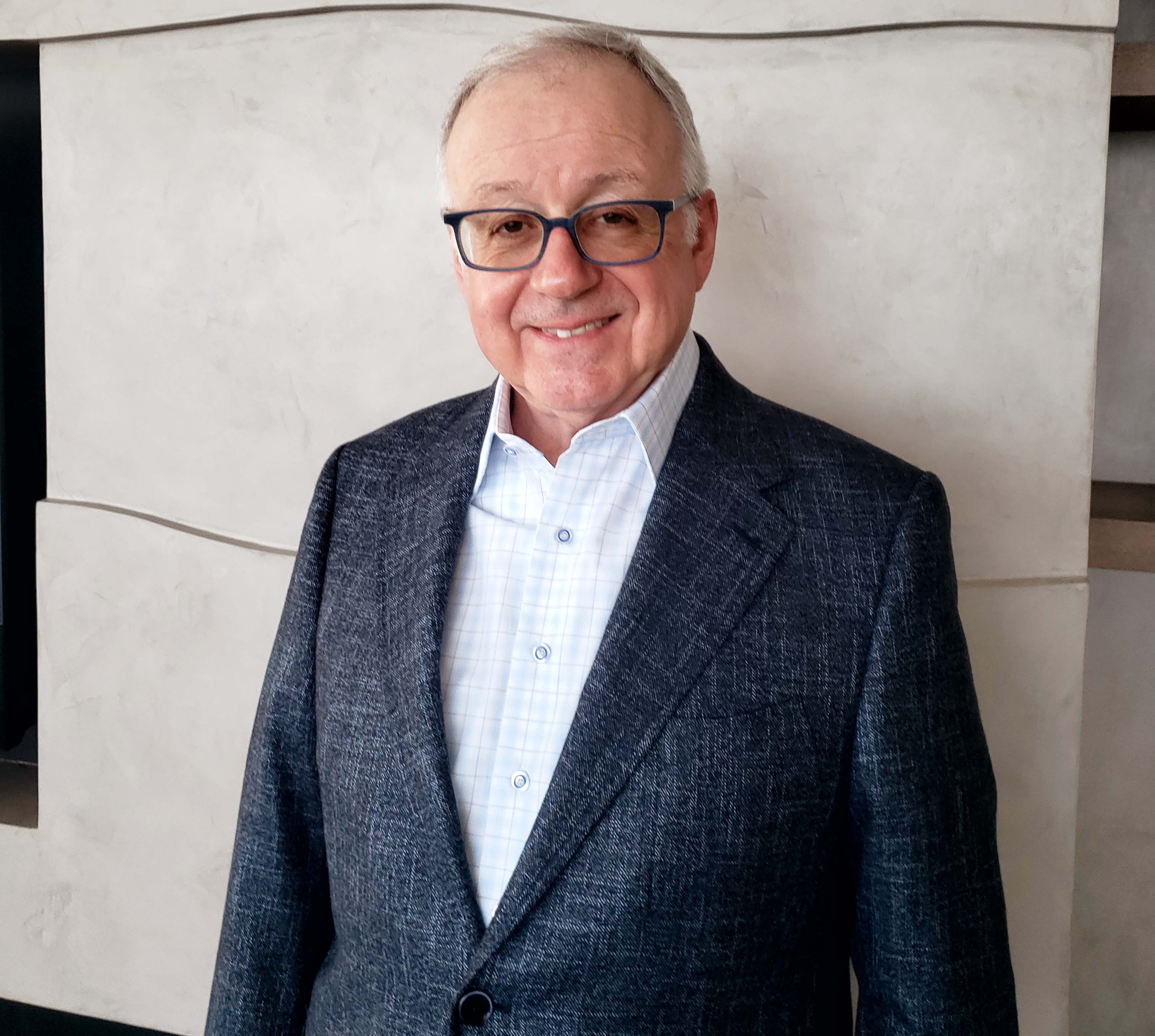
For all the attention on M&A activity in the RIA space, it is sobering to know that few RIAs actually participate. And of those that do, only a fraction ever close a deal.
To help firms succeed on this front, I sat down with Mark Tibergien, former CEO of Pershing Advisor Solutions, and Brad Armstrong, a partner at private equity firm Lovell Minnick Partners, to discuss how RIAs can ready themselves for M&A and learn how to originate opportunities. What follows is a summary of that discussion.
Listen to the podcast
“Maturing Profession” Supports Growth in RIA M&A
The resilience of the RIA M&A market was evident in 2020. Despite coronavirus lockdowns, deal flow increased slightly from 203 deals in 2019 to 205 deals last year, according to M&A consultancy Echelon Partners. And this exuberance continues. In Q1 2021, a record-breaking 76 deals were inked as a prelude, Echelon says, to a fifth straight year of higher RIA deal flow.
There are several reasons for this surge. For one, Echelon points to sellers trying “to outpace potential tax changes” this year under a Democratic White House and Congress, and new buyers rallying around “high-quality targets.”
But a longer-term catalyst is succession planning in a field with a fledgling track record of such transitions. “What we're seeing today is really the evolution of the business and the profession to where the first generation of RIA owners is passing, and the second generation is gaining control,” says Tibergien, noting that although RIAs go back generations, their retail incarnation is only about 30 years old. Today’s M&A activity reflects a “maturing of the profession, much like we see the transformation of other industries that go from lifestyle practices to businesses,” he says.
The Aim Is to Create a Sum that’s Greater than the Parts
Armstrong agrees that succession planning is “the primary driver” for RIA-focused M&A activity. He also mentions contributing factors such as an “influx of outside capital” looking to help buyers and sellers bridge capital gaps, as well as points of attraction inherent to the independent financial-advice model. Among them:
- Historically “strong” and “resilient” recurring revenue from RIAs
- “Demographic demand” linked to retiring baby boomers’ need for financial advice
- “Volatile markets, and demand for that advice and planning based solutions” from clients at all stages
- Pursuit of “scale and some accretion in value” as “larger platforms get created”

Brad Armstrong
For Armstrong, attractive firms that stand out from the crowd of buyers and sellers aren’t reliant on too few clients or too few advisors. Their principals aren’t overly “intent on retaining too much of the equity.” Instead, they’re eager to extend meaningful equity participation “to next-generation talent in the firm.”
Often, says Armstrong, it makes more sense to own “a little bit less of something that turns out to have a lot of transactable value.” Post-M&A, the RIAs likeliest to thrive “have scale, and find ways to still feel small and local, but be big and well-resourced” with respect to investment products, depth of talent and uniform service standards for clients, adds Armstrong. The result over time is lower costs and more organic growth.
You Can’t Fake These Things in Today’s Market
But optimal results from M&A are more a function of preparation and smart deal structuring than just having the right attitude, warns Tibergien. “If you're motivated to sell, you're already deal ready,” he says. “The question is whether you'll get the optimal price and terms that you want.”
Success as an RIA seller, says Tibergien, hinges on:
- Having a clear M&A strategy that highlights a compelling proposition to specific buyer types
- Organizational sustainability as proof “the business can continue even after” the founders are gone
- Demonstrating consistent profitability after fair compensation to the principals
Emphasizing the last point, Tibergien provides a tongue-in-cheek but memorable formula. ”If the cash don't flow, the deal don't go.”

Mark Tibergien
Helping Sellers See that Price Isn’t Everything
Successful buyers, meanwhile, come in more varieties—as many as 30 or 50, according to industry experts. As Armstrong puts it, “there's an ever-increasing menu of options for RIAs depending on what's the right fit for their business, for their principals, and aligning those goals with that of their capital partner.” In the M&A market, optimal M&A couplings are a function of preparedness and shared vision, the investment banker adds. Quite simply, the more types of buyers there are, the more chances motivated sellers have to find one that suits their purposes.
But a stampede of buyers throws up a lot of dust.
That is why Tibergien considers it “absolutely critical” for would-be sellers to engage experienced M&A advisors to help them identify good deals as reflected in all the terms, and not just the price. “You always want to know, at the core,” he says, how committed buyers and sellers are to their clients, employees, and prospective new business partners.
Harris Baltch is the Head of M&A and Capital Strategies for Dynasty Financial Partners.






